- Home
- News
- What’s On
- Activities for Children
- Arts & Crafts
- Autos and Bikes
- Business events
- Car Boot & Auctions
- Charity events
- Churches & Religious
- Comedy
- Dance
- Days out & Local interest
- Education
- Exhibition
- Film
- Gardening & Horticulture
- Health
- Markets & Fairs
- Music
- Nature & Environment
- Spiritual
- Sport
- Talks and Discussions
- Theatre and Drama
- Business
- Local Information
- Jobs
- Deaths
- Charity events
- Contact Us
The National Trust #BlossomWatch gets underway
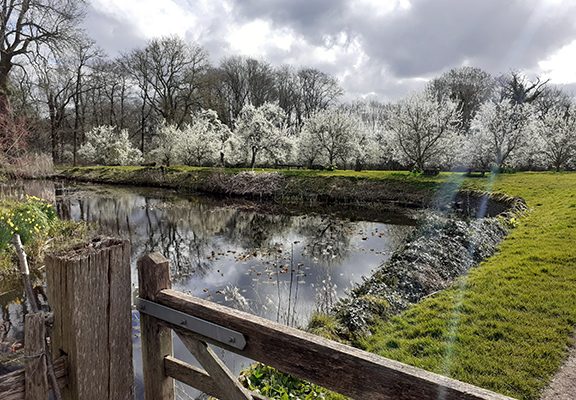
Above: Damson blossom in bloom at Brockhampton Estate in Herefordshire. Image: Ranger Tim Pyne
Britons report ‘massive boost’ in nature connection since pandemic started, as #BlossomWatch gets underway
- Almost half of people in the North West (48 per cent) say they will actively spend more time in nature than they did before lockdowns began
- National Trust says people need more opportunities to connect as it launches #BlossomWatch, an annual bid to create a UK equivalent of Japan’s world-famous Hanami
- Public urged to enjoy nature’s greatest spectacle and to turn social media white, green and pink
- Almost half (44 per cent) of people in the North West said they found this lockdown harder than the first, but 72 per cent said that spending time in nature or watching nature from their window has helped them feel happier
- 70 per cent of people in the North West said they would stop and notice blossom on a tree or in a hedge
- Planners, policy-makers and NGOs ‘must not miss opportunity of increased nature connection’
- Lingering cool weather could signal an explosion of blossom when temperatures start to rise
- Moments not minutes spent in nature vital for feelings of wellbeing
- Simple actions like smelling wildflowers, looking at blossom and watching pollinators, are important for feelings of wellbeing
With this spring likely to be the most anticipated in living memory, the National Trust is inviting people wherever they live to emulate Japan’s Hanami – the ancient tradition of viewing and celebrating blossom – with its #BlossomWatch campaign.
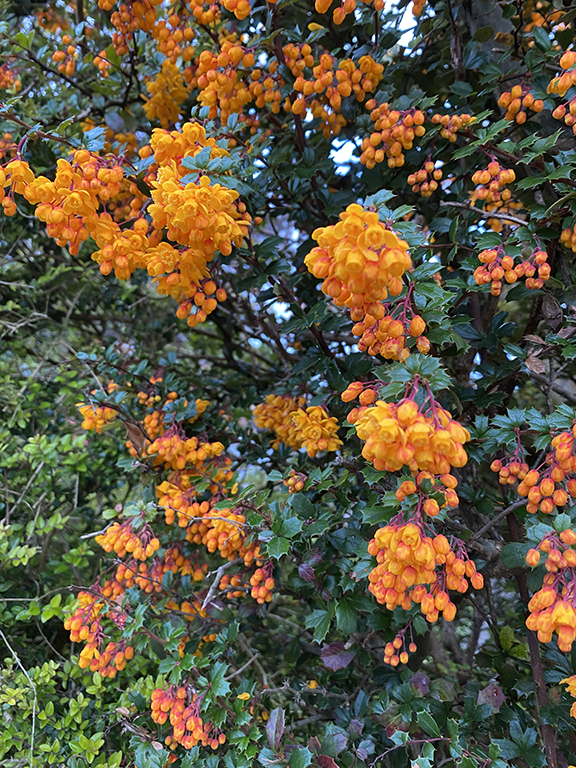
The conservation charity piloted #BlossomWatch last year when the country had just entered lockdown. And, with thousands capturing and sharing images of trees in bloom across social media platforms, and four million views in the first two weeks[1], the Trust is now making it an annual tradition, asking people to share the joy and hope that the sight of blush-tinted blooms will bring to help lift spirits and enable everyone to celebrate nature together.
A growing body of evidence suggests that moments each day noticing nature are vital for wellbeing and building a closer connection with nature, and further evidence also suggests that people derive many of the benefits from online engagement. Therefore, the Trust is asking people to celebrate blossom, to ‘turn social media pink, white and green’ over the coming weeks, to mark one of ‘nature’s greatest spectacles’.
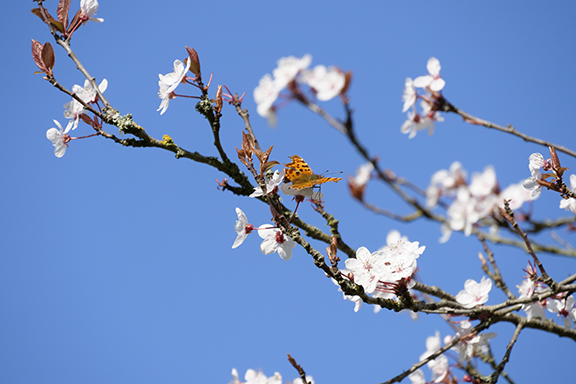
Findings in a recent YouGov poll, commissioned by the National Trust, revealed that over a third (36 per cent) of adults said that compared to the first lockdown, that they were more aware of the changing seasons. And, nearly half (49 per cent) of adults said they have found this lockdown harder than the first, giving a heightened sense of anticipation for this coming spring.
Nature and time outdoors has continued to be the salvation for many during the recent lockdown, despite it being winter. Over two thirds (67 per cent) of all adults either agreed or strongly agreed that spending time noticing nature around them has made them feel happier in this current lockdown – with 72 per cent of females and 62 per cent of males finding this to be the case, with the younger adult age groups finding the most benefit (72 per cent and 71 per cent of 18-24 and 25-34 year olds, respectively).
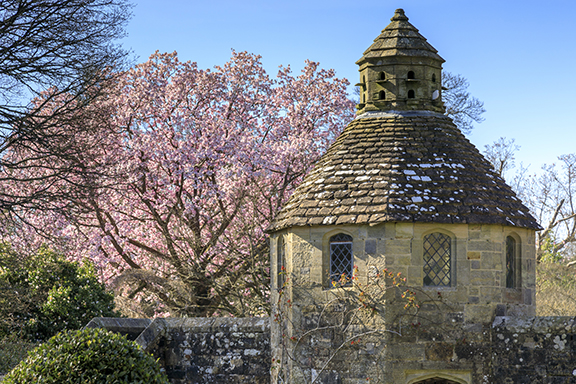
Just under two thirds (65 per cent) said that watching nature from their window had helped their mood, with two thirds (66 per cent) of over 55 year olds finding this to be the case.
And, nearly half (47 per cent) of adults say they are spending more time in nature and want to continue to do so when things go back to ‘normal’ – with 43 per cent of those being male, 52 per cent female, with the largest age-groups being the 18-24 year olds and 25-34 year olds both at 56 per cent.
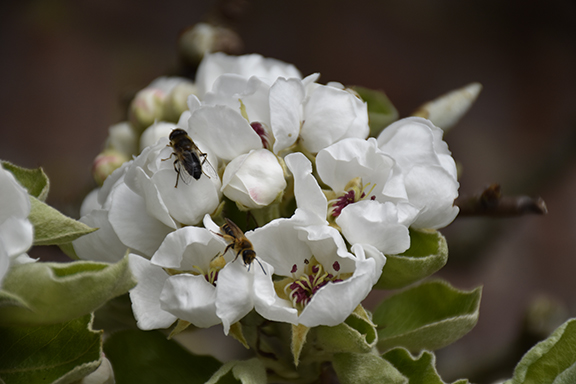
The National Trust has called for a ‘green recovery’ from the pandemic, and says that planners, policy-makers and NGOs must seize on the opportunity of increased nature connection across the population, given its proven links to people’s health and wellbeing, as the nation starts to resume pre-pandemic habits and lifestyles.
One gardener from the North West who is especially looking forward to the blossom season this year is David Roberts, head gardener at Rufford Old Hall, Lancashire. Mr Roberts said: “I always look forward to April and May because they bring an amazing display of blossom and new foliage to the trees. The perfume in the air signifies the start of a new season and a time to look forward with excitement for the year ahead.
“The garden and orchard at Rufford were closed during spring last year because of the national lockdown and I was so disappointed that we couldn’t share this special time of year with our visitors. I really can’t wait to welcome them back this year.”
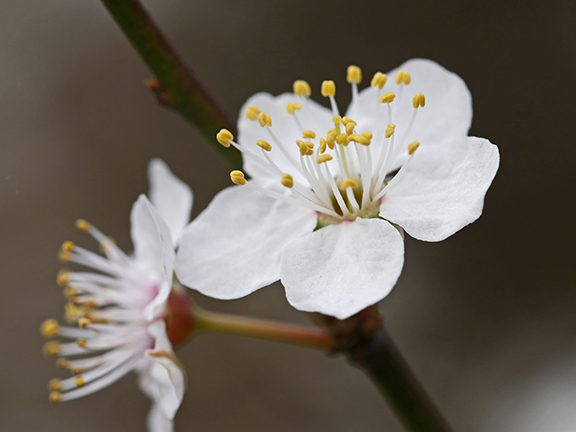
Gardens coming into bloom in the North West of England
Rufford Old Hall, Lancashire
The gardens surrounding this striking Tudor hall will reopen on Friday 2 April 2021 for the first time since the national lockdown in March 2020. Visitors in April will be just in time to see the first blossom appear on the heritage varieties of apple and pear trees in the orchard.
Head gardener David Roberts said: “In our small orchard at Rufford Old Hall, blossom can be seen on our heritage varieties of apple tree like Keswick Codlin, Carlisle Codlin, and Northern Spy. We’re all hoping for a great year for apple blossom in 2021 because not only is it a spectacular sight, but more blossom means more bees, which means we’re likely to have a great apple harvest in autumn.”
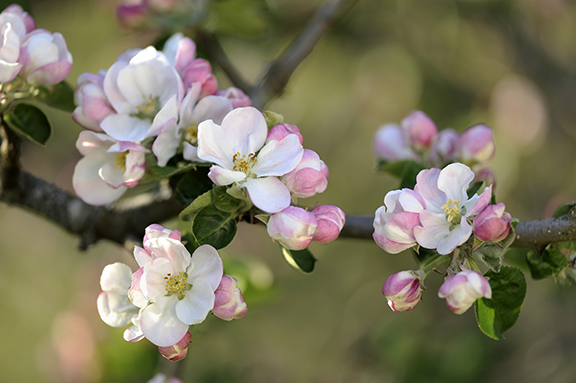
Quarry Bank, Cheshire
Industrial heritage meets seasonal colour at Quarry Bank, where the 18th century cotton mill is surrounded by spring blossom in April and May. Look out for the apple and plum orchard outside the Apprentice House, where blossom on the fruit trees bursts into life in April. Quarry Bank is also home to an unusual Davidia involucrate or handkerchief tree, named after its creamy-white spring flowers.
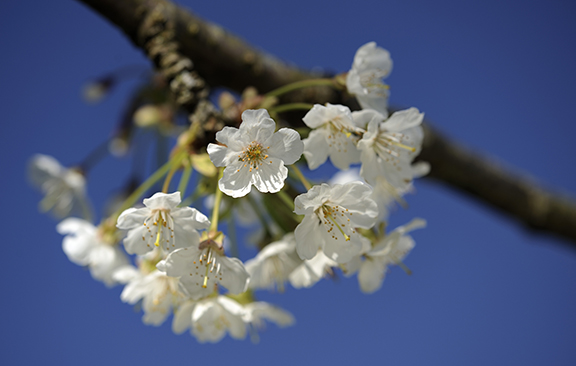
Dunham Massey, Altrincham
This popular spot on the edge of Altrincham is awash with spring blossom from March through to May. Visitors can enjoy the pale pink blossom of crab apple trees in late March, followed by the yellow magnolia flowers that appear in April, before the crescendo of bright pink cherry blossom that arrives by May.
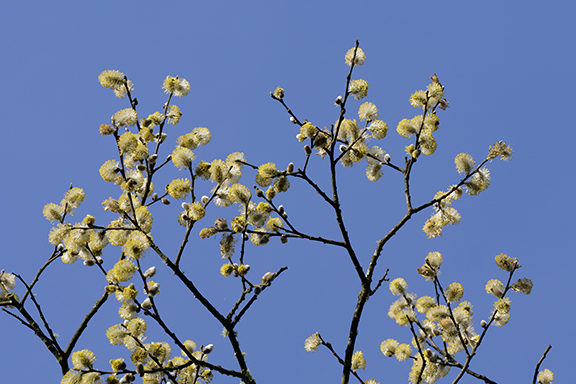
Speke Hall, Liverpool
With one of Merseyside’s finest gardens, Speke Hall have taken a traditional approach to spring colour for 2021. The Hall’s garden team sowed a variety of wildflowers across their orchard in early 2020, transforming it into a traditional orchard meadow for 2021. Visitors should be able to enjoy the blossom and wildflowers in bloom together from May.
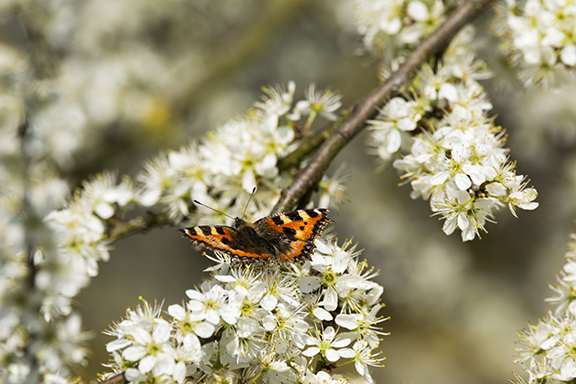
Lyme, Stockport
There’s a Japanese feel to the garden at Lyme in mid-April, as the Great White Cherry (or Prunus tai-haku) blooms its fragrant white blossom. This wildlife-friendly cherry is a particular favourite of bees, who can often be seen hopping between its flowers as they search for nectar.
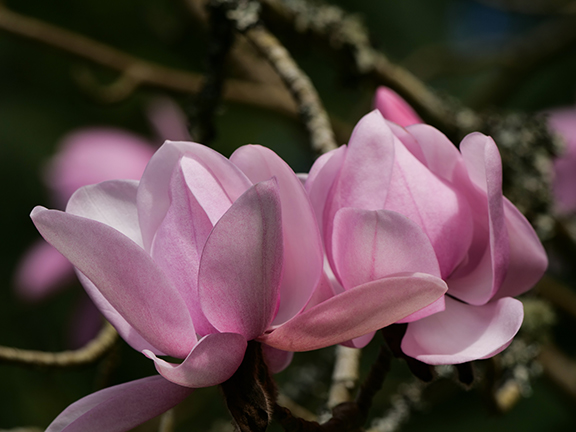
Why blossom is good for wildlife
Head of nature conservation and restoration ecology, Ben McCarthy says: “Whilst spring blossom may signal the fruit to come to gardeners, for many species it kicks off a new cycle. The buff tailed bumblebee for example is a common garden visitor and the queens coincide their emergence from hibernation with the arrival of the cherry plum blossoms and other early flowering species to replenish their energy levels before setting off to establish a new nest.
“Our flowering trees and shrubs blossom to advertise the pollen and nectar that awaits visiting pollinators. The blossoming sequence of willow and blackthorn from the end of February through to apple and hawthorn into May are crucial for many of our wild bees that coincide their emergence with a preferred blossom period.”
The Trust is also launching a blossom map this year to record blossom sightings across the country. For further information, to donate towards our tree planting ambitions, and inspiration visit www.nationaltrust.org.uk/blossom-watch

You must be logged in to post a comment Login